Art Appreciation Midterms
1/34
There's no tags or description
Looks like no tags are added yet.
Name | Mastery | Learn | Test | Matching | Spaced |
|---|
No study sessions yet.
35 Terms
Levels of Meaning
Factual
Conventional
Subjective
Factual Level of Meaning
the most basic level of meaning, which may be drawn from the identifiable or recognizable forms in the artwork and understanding how these elements relate together
Conventional Level of Meaning
the generally acknowledged interpretation of the artwork, using motifs, signs, and symbols and other cyphers (codes) as bases of meaning
Subjective Level of Meaning
meanings that stem from the viewer’s or audience’s circumstances that come into play when they experience art: what they know, what they learned, the values they stand for
Semiotic Plane
covers the elements and the general, technical and physical aspects of the art work with their potential to convey meaning.
Semiotics
the study of signs
Visual Elements
refer to line, value, color, texture, shape, composition, space, movement – and how these are used to convey meaning.
Iconic Plane
concerned with the image itself, the particular aspects and features of an artwork. The subjects of artworks are studied in detail, including how they are chosen and these relate to the viewer.
Iconic or pictorial sign
The image is regarded as a unique sign with a particular, highly nuanced meaning arising from the original use of the elements and resources of art.
Contextual plane
the human, social and political implications of the work. This considers the relationship between art and society.
Prehistoric Art
The earliest artifacts come from the __, in the form of rock carvings, engravings, pictorial imagery, sculptures, and stone arrangements.
Art from this period relied on the use of natural pigments and stone carvings to create representations of objects, animals, and rituals that governed a civilization’s existence.
Ancient Art
was produced by advanced civilizations, which in this case refers to those with an established written language. These civilizations included Mesopotamia, Egypt, Greece, and those of the Americas.
The medium of a work of art from this period varies depending on the civilization that produced it, but most art served similar purposes: to tell stories, decorate utilitarian objects like bowls and weapons, display religious and symbolic imagery, and demonstrate social status. Many works depict stories of rulers, gods, and goddesses.
Medieval Art
often referred to as the “Dark Ages,” marked a period of economic and cultural deterioration following the fall of the Roman Empire in 476 A.D. Much of the artwork produced in the early years of the period reflects that darkness, characterized by grotesque imagery and brutal scenery. Art produced during this time was centered around the Church. As the first millennium passed, more sophisticated and elaborately decorated churches emerged; windows and silhouettes were adorned with biblical subjects and scenes from classical mythology.
Renaissance Art
This style of painting, sculpture, and decorative art was characterized by a focus on nature and individualism, the thought of man as independent and self-reliant. Artwork throughout the __ was characterized by realism, attention to detail, and precise study of human anatomy. Artists used linear perspective and created depth through intense lighting and shading.
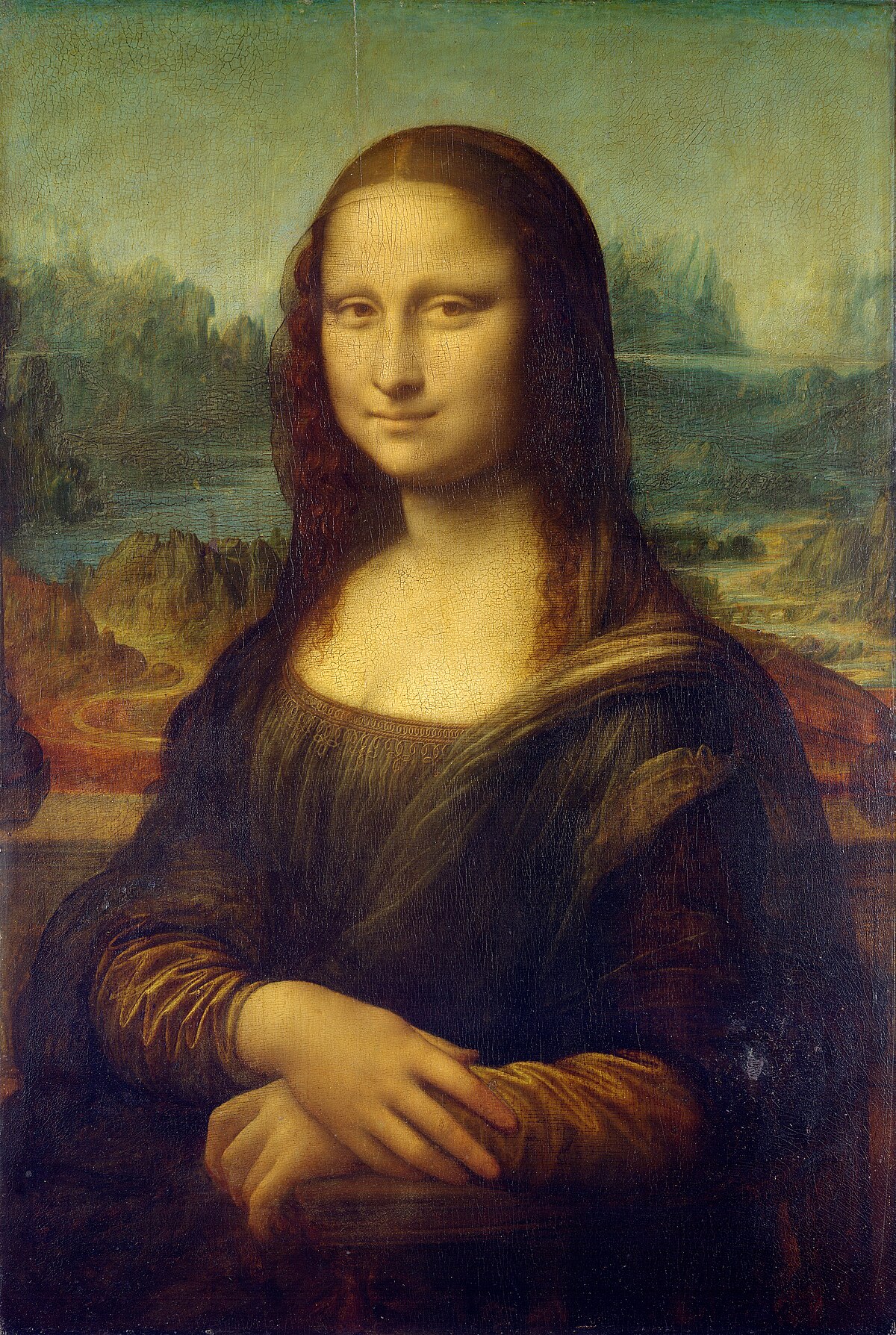
Mannerism
__ artists emerged from the ideals of Michelangelo, Raphael, and other Late Renaissance artists, but their focus on style and technique outweighed the meaning of the subject matter. Often, figures had graceful, elongated limbs, small heads, stylized features and exaggerated details. This yielded more complex, stylized compositions rather than relying on the classical ideals of harmonious composition and linear perspective used by their Renaissance predecessors.
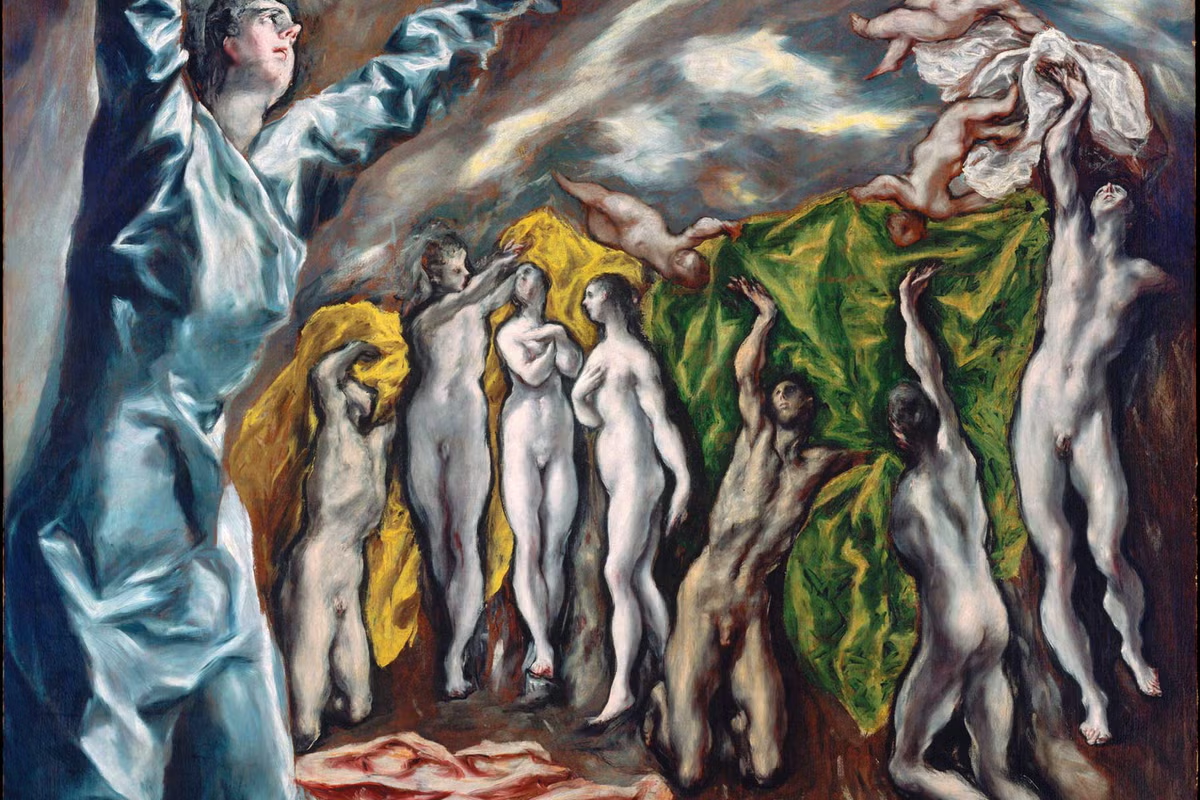
Baroque
The __ period that followed Mannerism yielded ornate, over-the-top visual arts and architecture. It was characterized by grandeur and richness, punctuated by an interest in broadening human intellect and global discovery. _ artists were stylistically complex.
__ paintings were characterized by drama, as seen in the iconic works of Italian painter Caravaggio and Dutch painter Rembrandt. Painters used an intense contrast between light and dark and had energetic compositions matched by rich color palettes.
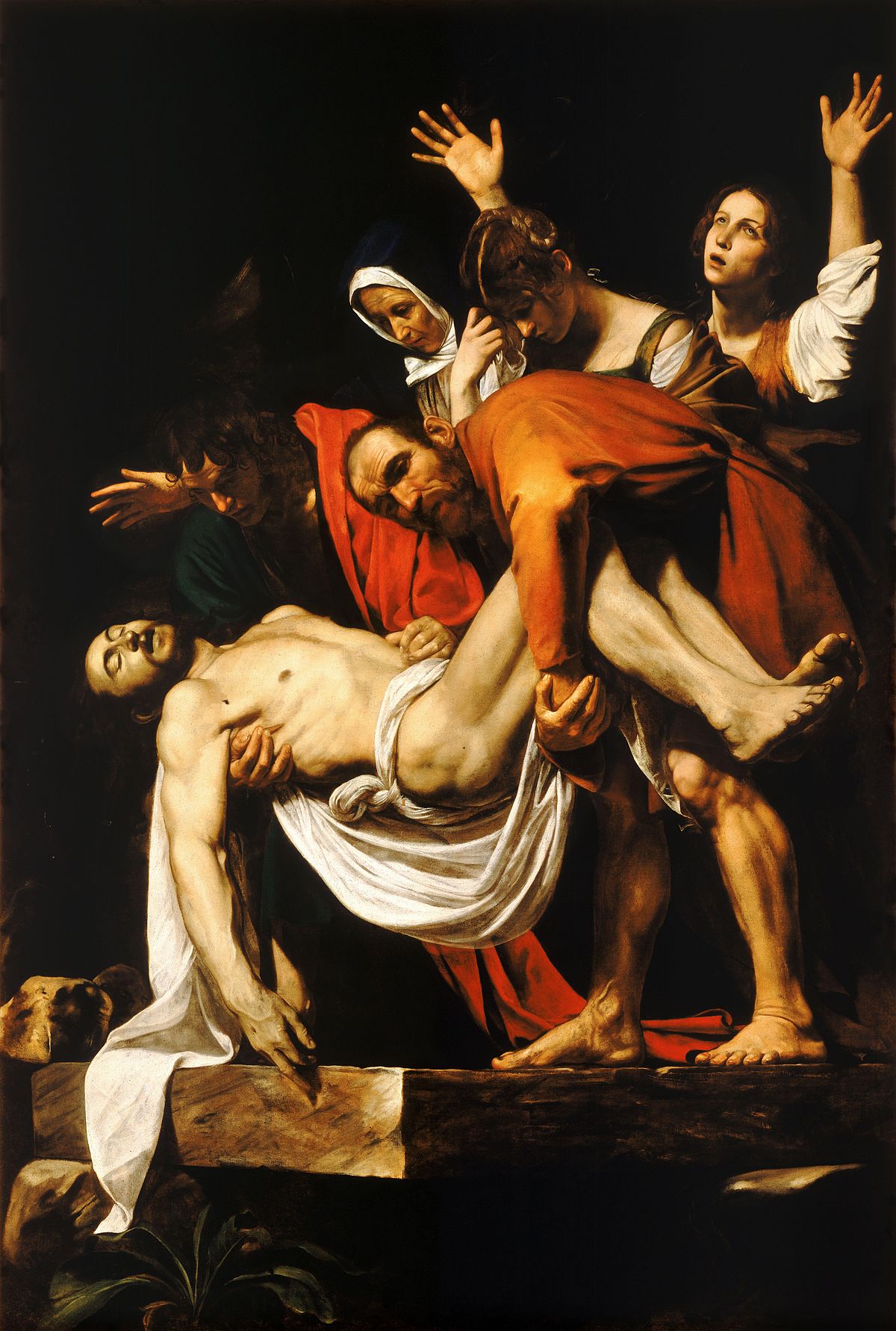
Rococo
__ originated in Paris, encompassing decorative art, painting, architecture, and sculpture. The aesthetic offered a softer style of decorative art compared to Baroque’s exuberance. _ is characterized by lightness and elegance, focusing on the use of natural forms, asymmetrical design, and subtle colors.
Painters like Antoine Watteau and Francois Boucher used lighthearted treatments, rich brushwork, and fresh colors. Its style also easily translated to silver, porcelain, and French furniture. Many chairs and armoires featured curving forms, floral designs, and an expressive use of gilt.
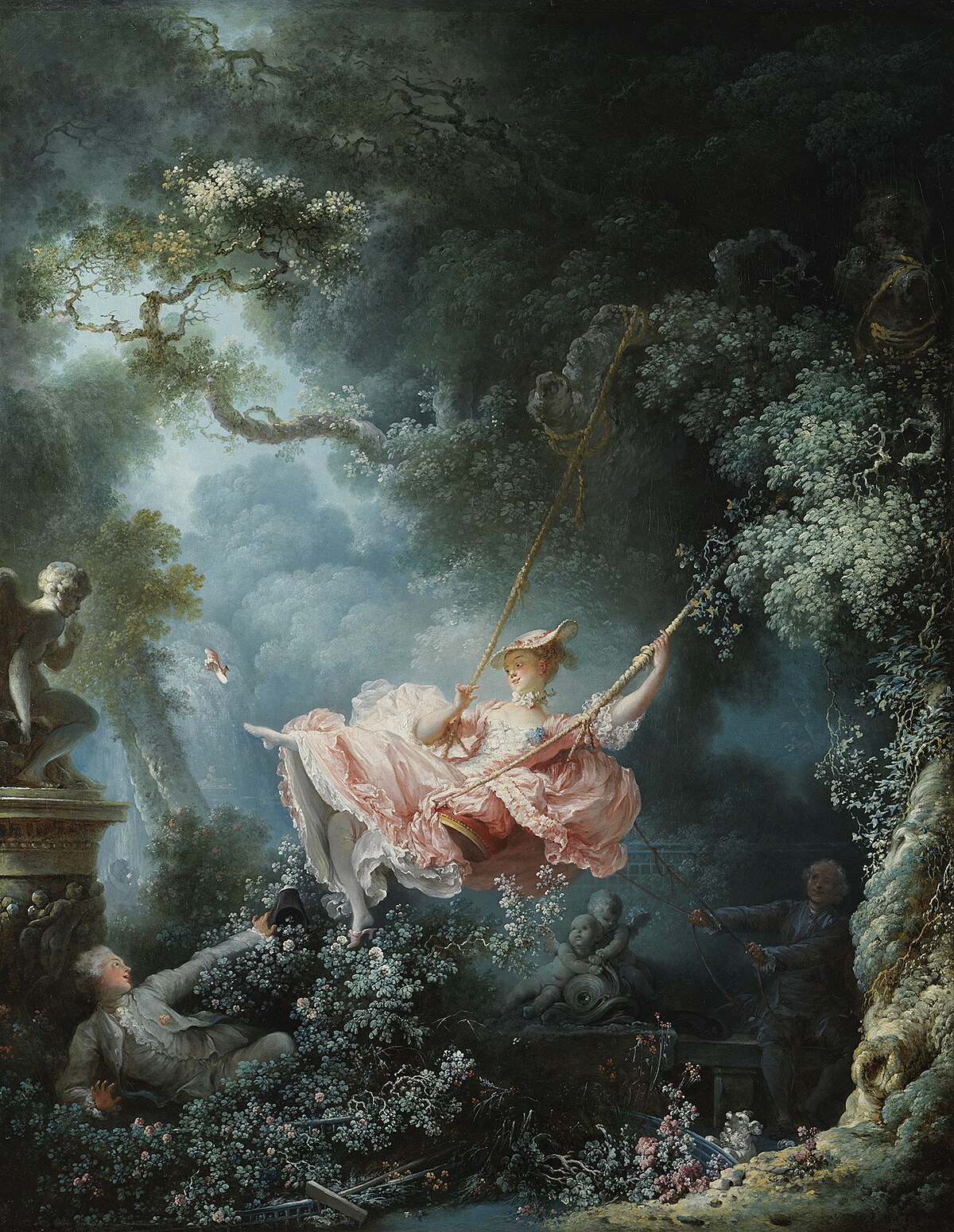
Neo-classicism
This period drew upon elements from classical antiquity. Archaeological ruins of ancient civilizations in Athens and Naples that were discovered at the time reignited a passion for all things past, and artists strove to recreate the great works of ancient art. This translated to a renewed interest in classical ideals of harmony, simplicity, and proportion.
The artists from this period were influenced by classical elements; in particular, a focus on idealism. Inevitably, they also included modern, historically relevant depictions in their works.
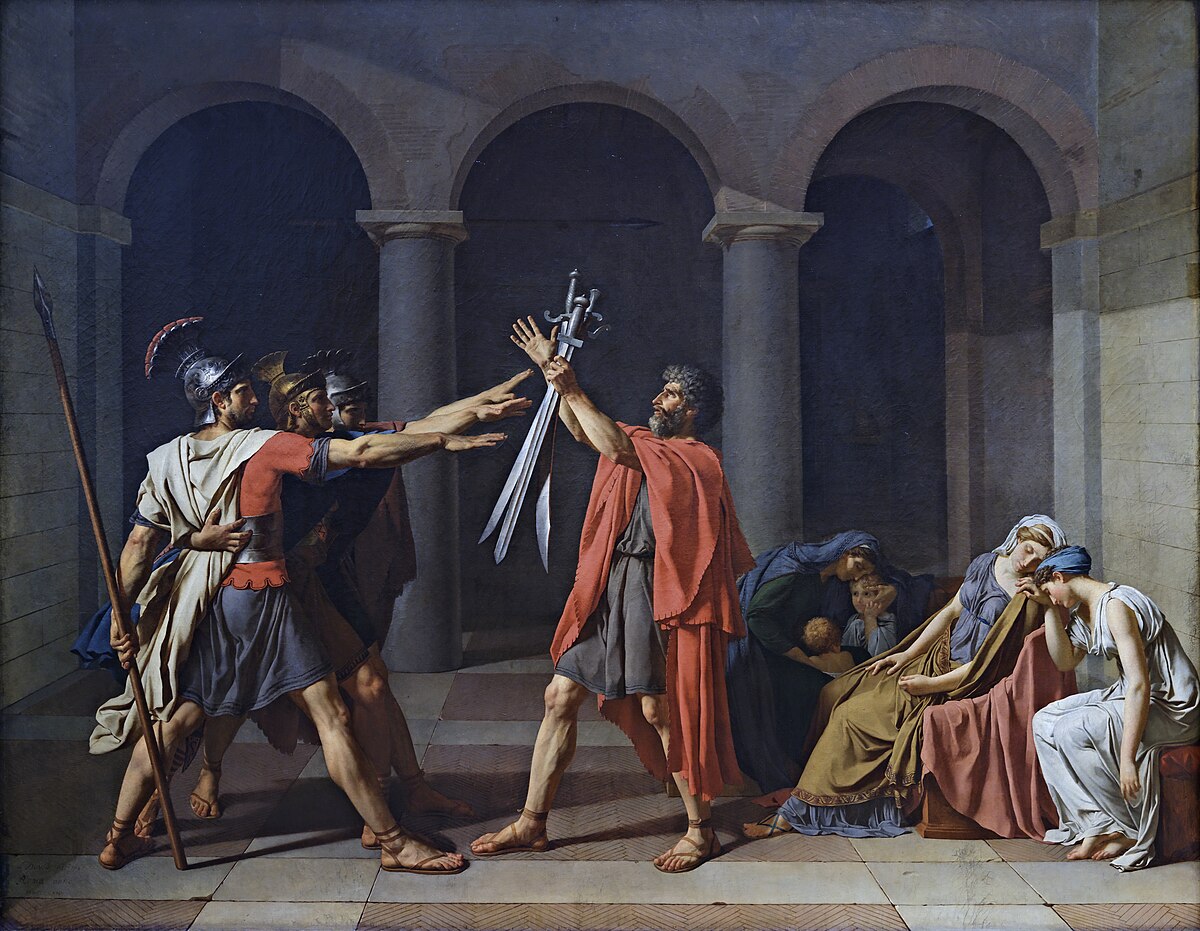
Romanticism
It embodies a broad range of disciplines, from painting to music to literature. The ideals present in each of these art forms reject order, harmony, and rationality, which were embraced in both classical art and Neoclassicism. Instead, its artists emphasized the individual and imagination. Another defining this ideal was an appreciation for nature, with many turning to plein air painting, which brought artists out of dark interiors and enabled them to paint outside. Artists also focused on passion, emotion, and sensation over intellect and reason.

Realism
was a result of multiple events: the anti-Romantic movement in Germany, the rise of journalism, and the advent of photography. Each inspired new interest in accurately capturing everyday life. This attention to accuracy is evident in art produced during the movement, which featured detailed, life-like depictions of subject matter.
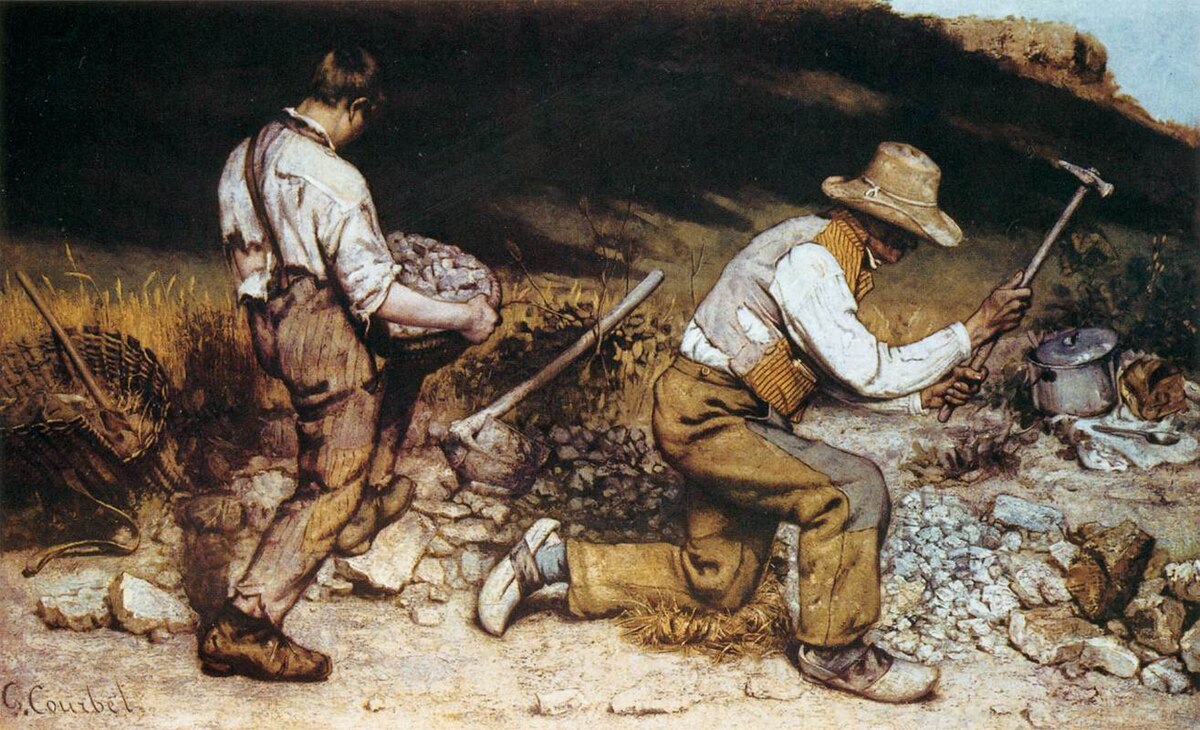
Impressionism
__ painters sought to capture the immediate impression of a particular moment. This was characterized by short, quick brushstrokes and an unfinished, sketch-like feel. The artists used modern life as their subject matter, painting situations like dance halls and sailboat regattas rather than historical and mythological events.
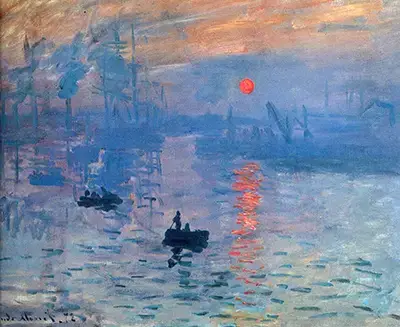
Post-Impressionism
painters worked independently rather than as a group, but each influential painter had similar ideals. They concentrated on subjective visions and symbolic, personal meanings rather than observations of the outside world. This was often achieved through abstract forms.

Neo-Impressionism
also known as Pointillism or Divisionism, was a late 19th-century French art movement that reacted against the spontaneity of Impressionism by applying scientific color theory and a systematic, methodical approach to painting, using tiny dots or dashes of color to create an optical blending effect.
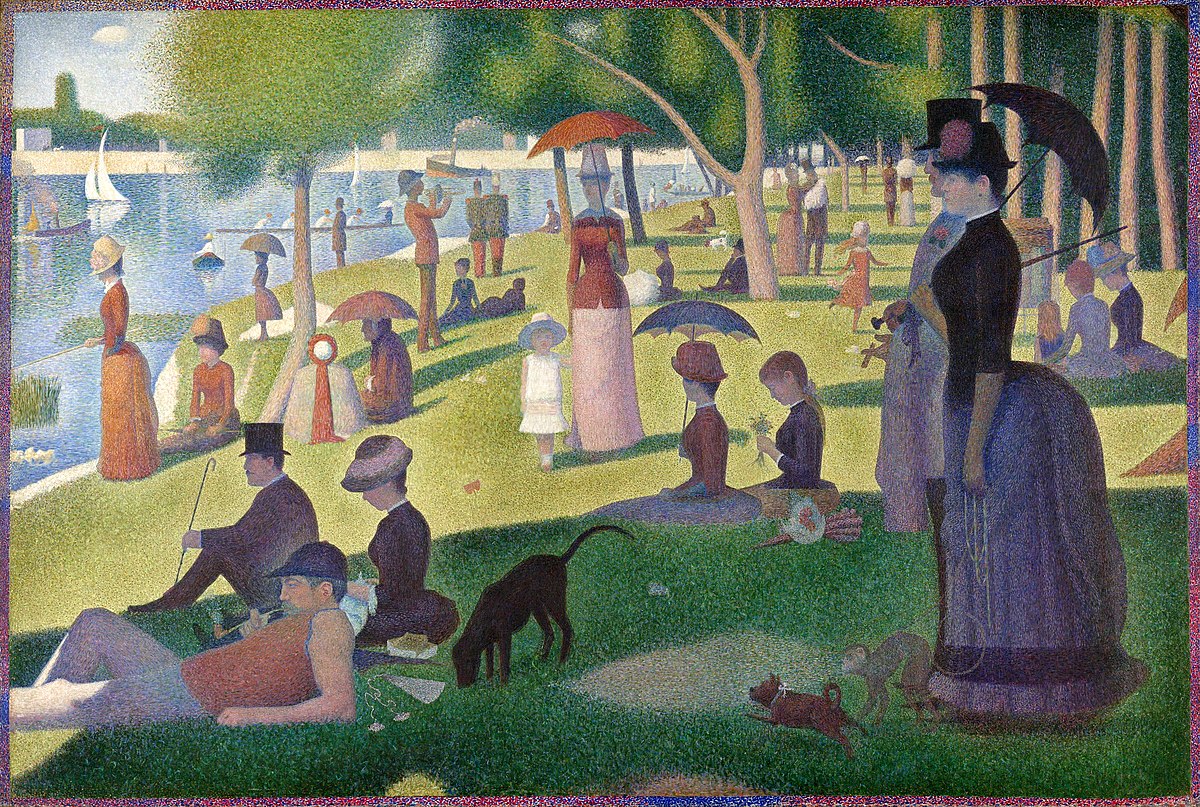
Symbolism
was a late 19th-century art and literary movement, originating in France, that emphasized the use of symbols and metaphors to express subjective, emotional, and often mystical experiences, rather than focusing on direct representation of reality.
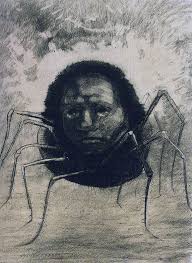
Art Nouveau
translates to “New Art,” attempted to create an entirely authentic movement free from any imitation of styles that preceded it. This movement heavily influenced applied arts, graphics, and illustration. It focused on the natural world, characterized by long, sinuous lines and curves.
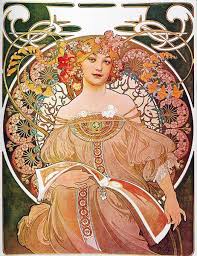
Fauvism
Led by Henri Matisse, this movement built upon examples from Vincent van Gogh and George Seurat. As the first avant-garde, 20th-century movement, this style was characterized by expressive use of intense color, line, and brushwork, a bold sense of surface design, and flat composition.
As seen in many of the works of Matisse himself, the separation of color from its descriptive, representational purpose was one of the core elements that shaped this movement. It was an important precursor of Cubism and Expressionism.

Expressionism
This movement emerged as a response to increasingly conflicted world views and the loss of spirituality. This art sought to draw from within the artist, using a distortion of form and strong colors to display anxieties and raw emotions. Painters, in a quest for authenticity, looked for inspiration beyond that of Western art and frequented ethnographic museums to revisit native folk traditions and tribal art.
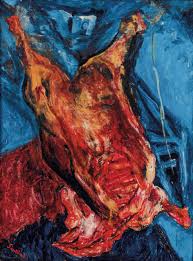
Cubism
was established by Pablo Picasso and Georges Braque, who rejected the concept that art should copy nature. They moved away from traditional techniques and perspectives; instead, they created radically fragmented objects through abstraction. Many painters’ works are marked by flat, two-dimensional surfaces, geometric forms or “cubes” of objects, and multiple vantage points. Often, their subjects weren’t even discernible.
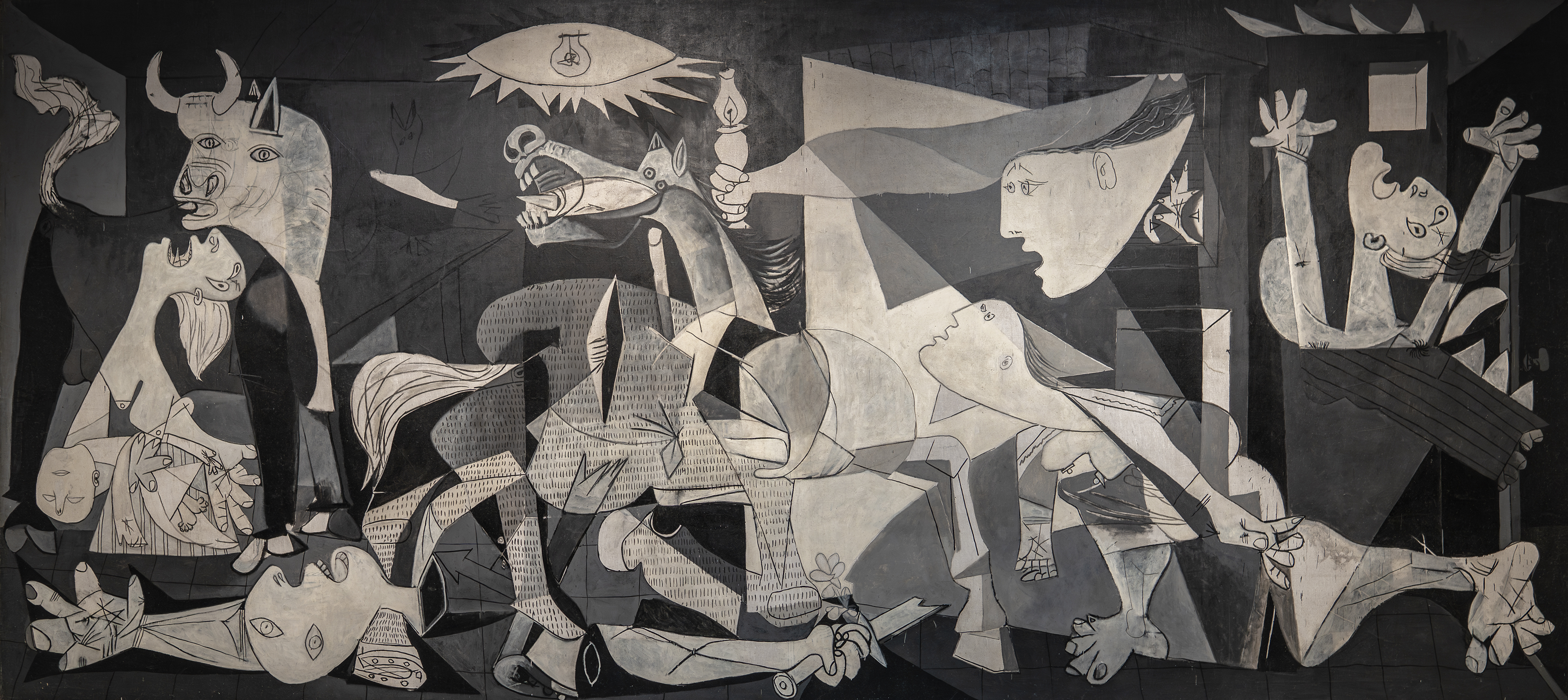
Futurism
was an early 20th-century Italian art movement that celebrated dynamism, speed, technology, and the energy of the modern world, rejecting traditional artistic values in favor of a new, forward-thinking aesthetic. They sought to capture the dynamism of the modern world, often using fragmented forms, multiple perspectives, and vibrant colors to convey motion and energy.
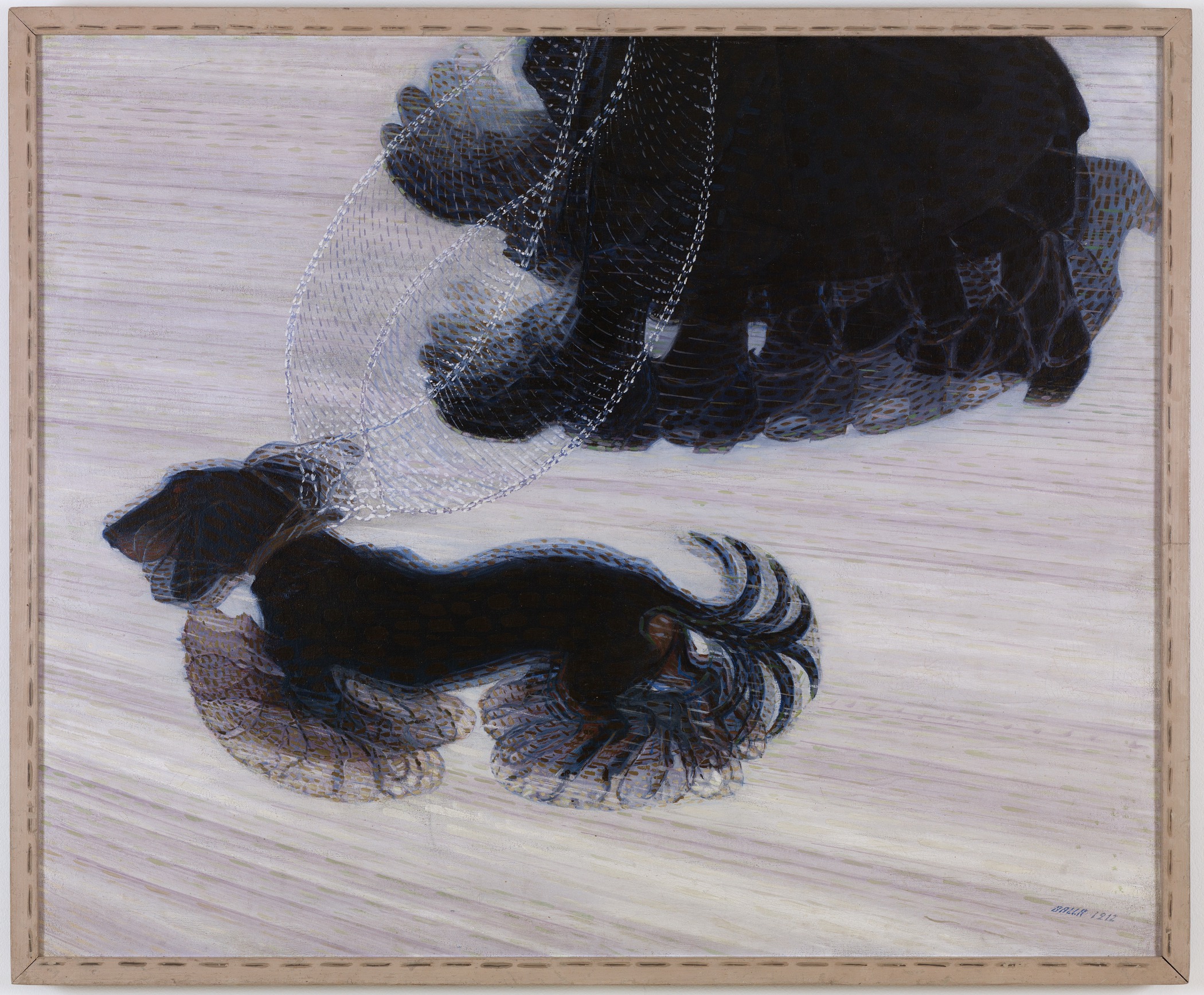
Abstract Art
a 20th-century movement, explores color and form, breaking away from representational art, and includes styles like Cubism, Expressionism, and Fauvism. focuses on the manipulation of shapes, colors, and forms to express ideas and emotions rather than representing reality directly.
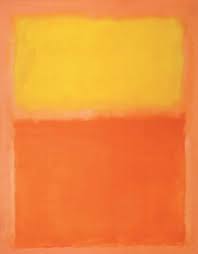
Classical Music
Features strings, brass, woodwinds, voice, and percussion, phrases tends to value symmetry and balance, and tends to feature shorter, more regular phrases. Music sheet has neater layout, standardized dynamics and phrasing marks, clearer sections (exposition, development, recapitulation), less ornamentation.
Doctrine of the Affections
Valued ornate and flowery writing, producing a specific emotional response.
Baroque Music
Ornamented melodies, polyphonic texture, harpsichord, terraced dynamics, basso continuo and tends to feature longer phrases with fewer cadences.
Visually, it has dense notation, lots of embellishments (trills, mordents), figured bass symbols, separate continuo line, limited dynamic markings.
Romantic Music
It is Expressive, emotional melodies, rubato, wide dynamics, chromaticism, larger orchestras. Has visually detailed expressive markings (tempo, mood), frequent dynamic changes, dramatic swells, extended range of notes, denser passages.
Modern Music
Dissonance, atonality, irregular rhythms, experimental sounds, electronic music. Music sheet shows graphic notation, unconventional symbols, varied spacing, absence of bar lines in some pieces, extreme ranges and new techniques noted.